With modern German technology and customisable style options, this cassette awning adds comfort and visual appeal to any outdoor space. The Weinor Smaila Awning delivers elegant, high-quality sun protection in a compact design, perfectly suited for small patios and balconies.
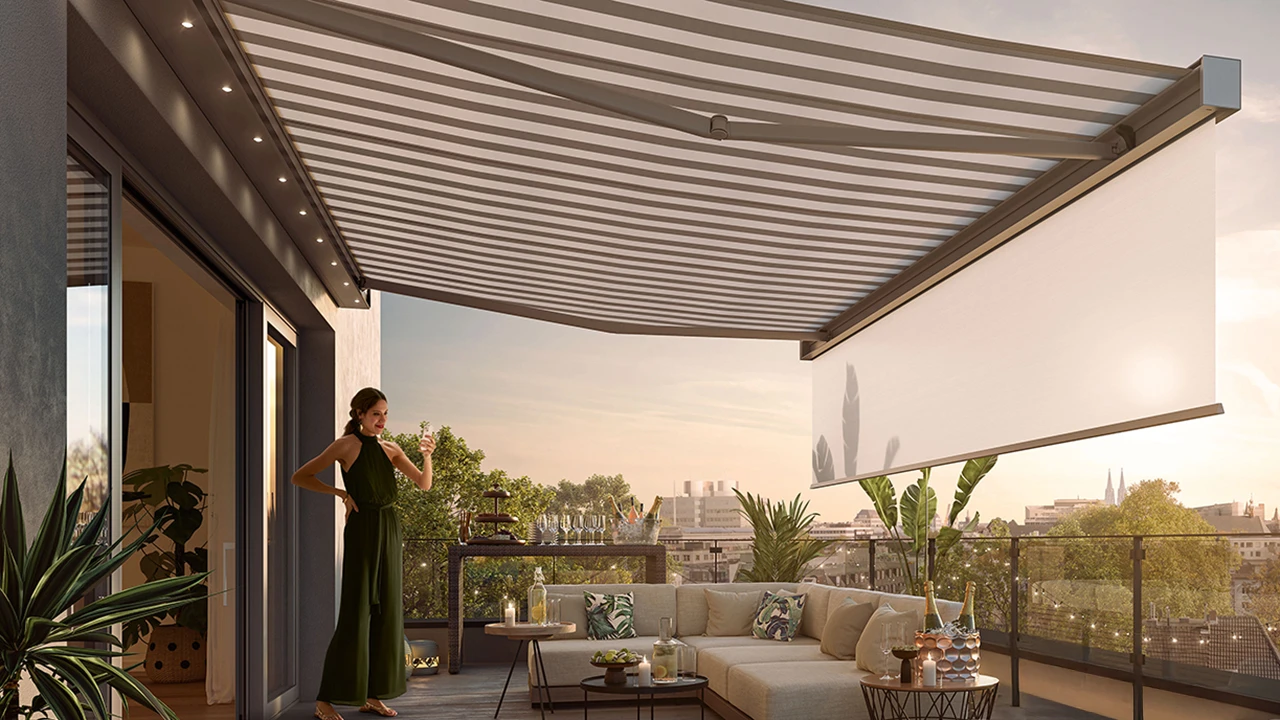
Compact design ideal for patios and balconies, with customisable end caps, optional integrated LED lighting, Valance Plus for low sun protection, Smart Home compatibility, and durable, weather-resistant materials.
Five patterned end caps give Smaila a unique touch, also available in matching frame colours.
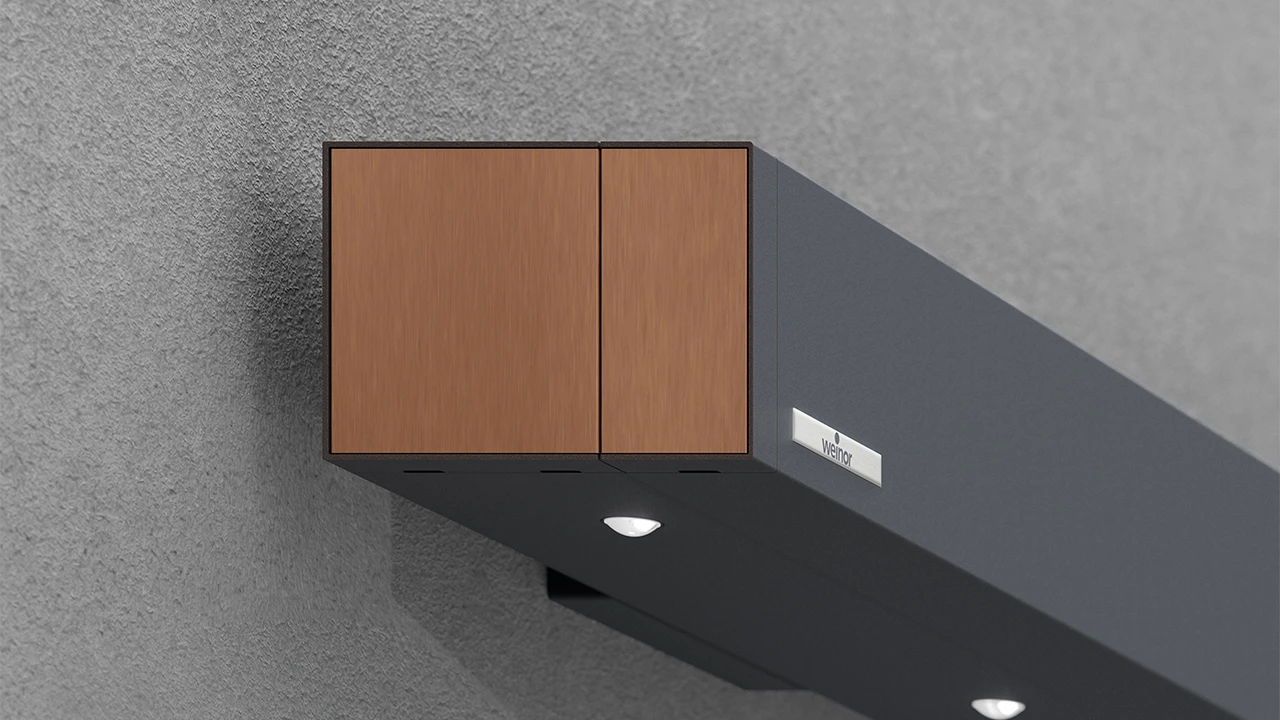
With its contemporary design, eye-catching side end caps, and prominently visible fabric, Smaila adds chic style to balconies and small patios.
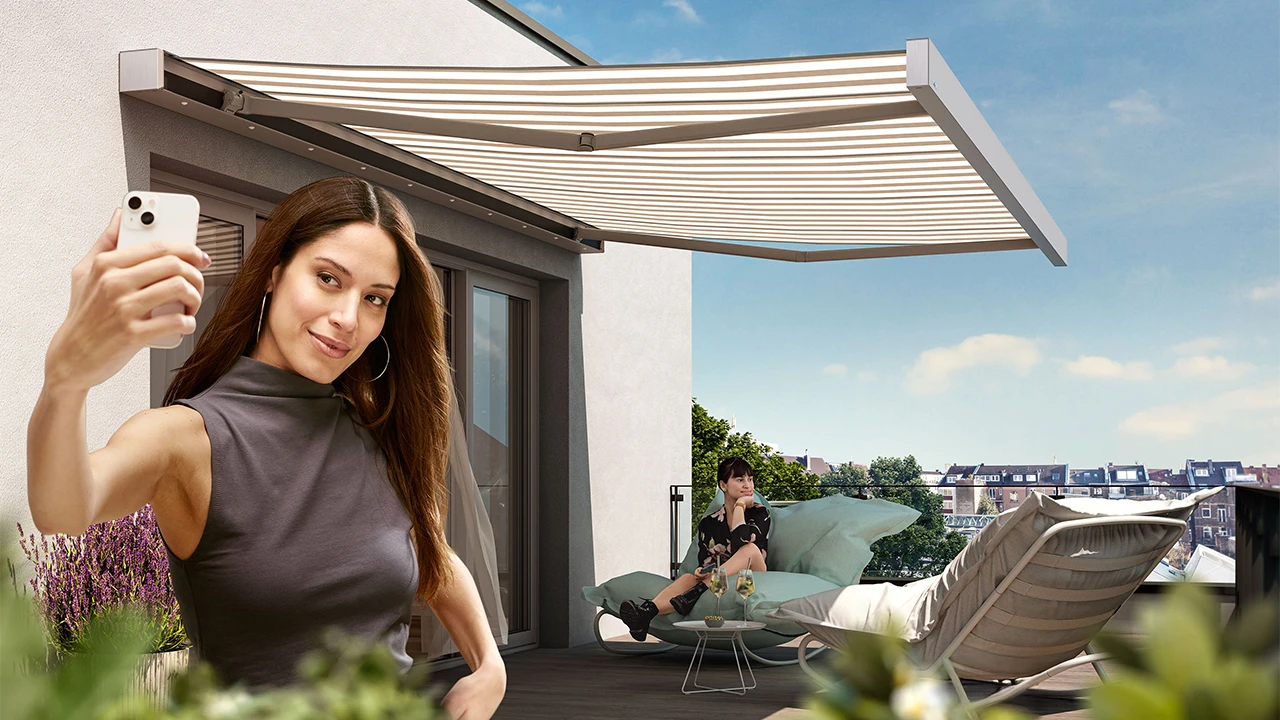
The fully enclosed, sturdy cassette design shields both the fabric and technical parts from weather exposure, while the integrated front rain drain ensures controlled water runoff for lasting protection.
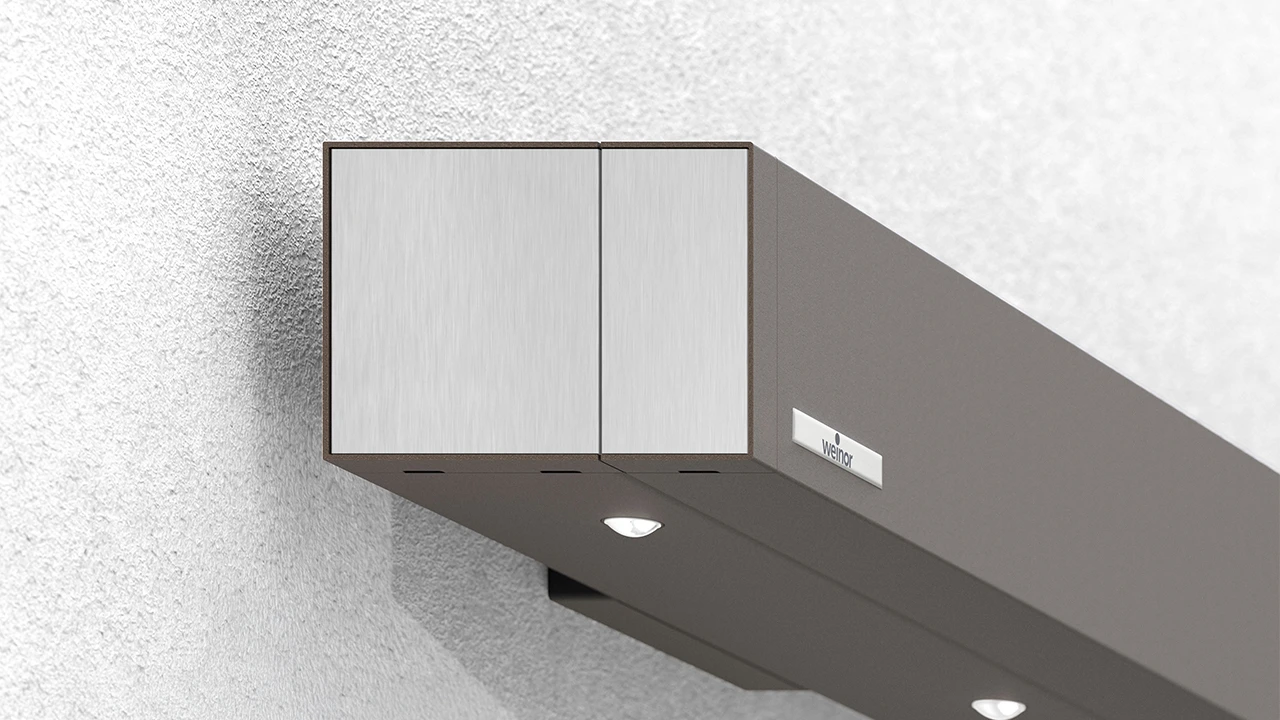
Smaila Awning is optionally available with a Valance Plus, providing effective front protection from sun, glare, and prying eyes. Thanks to the integrated solar module, it operates independently of the mains, extending and retracting as needed without requiring external power.
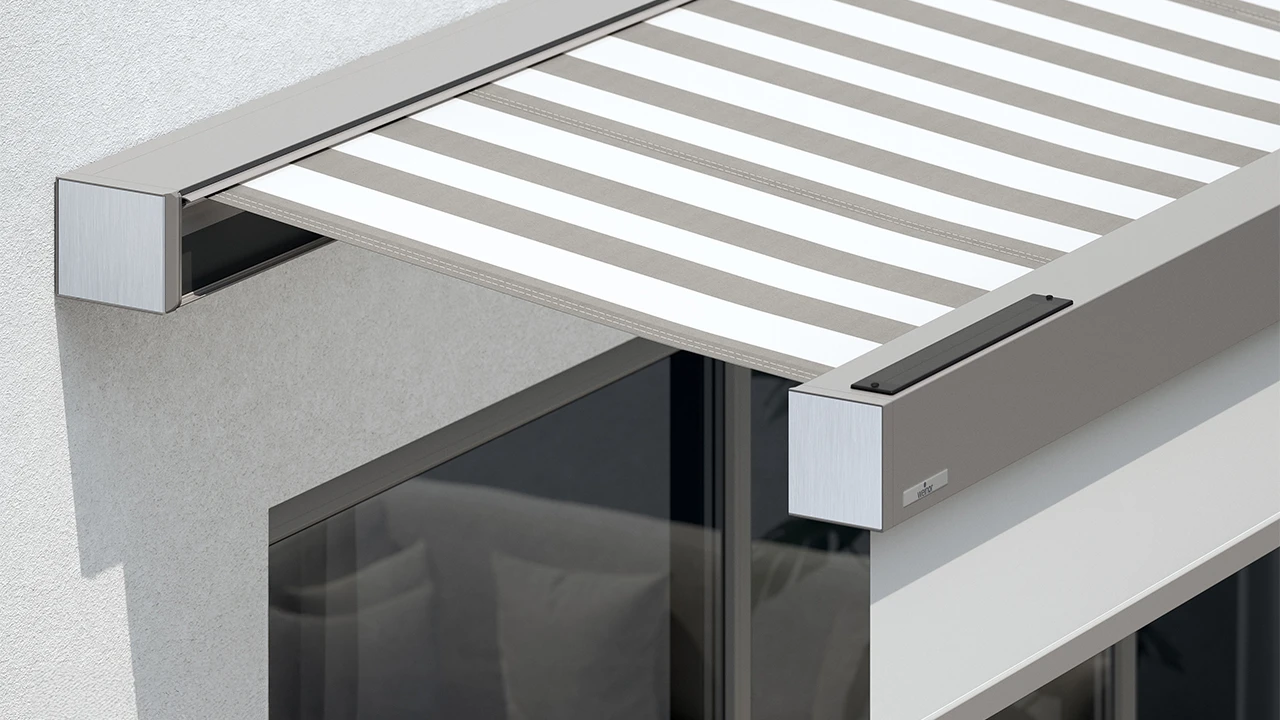
The durable, quiet Weinor LongLife arm and other premium components ensure exceptional, German-engineered quality.
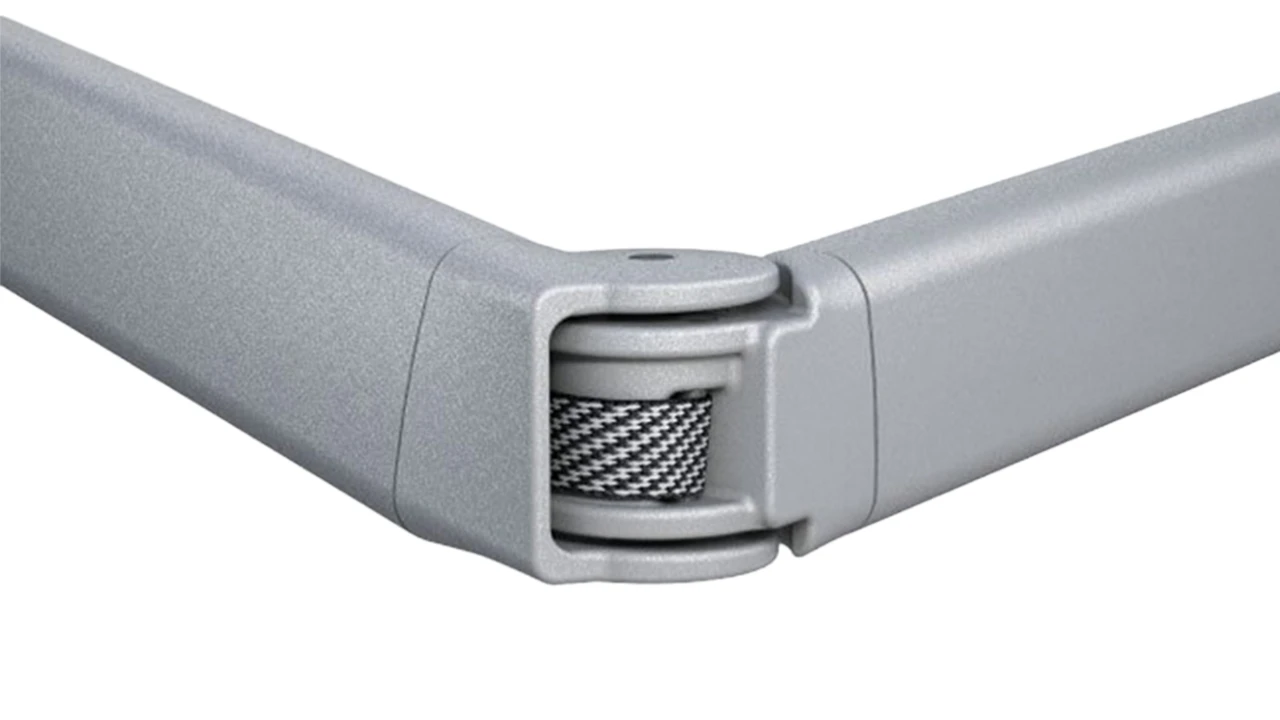
Integrated LED spotlights are available as an option, offering energy-efficient lighting with stepless dimming. Easily controlled via remote or Smart Home apps on your smartphone or tablet, they provide a convenient, customisable ambience for your outdoor space.
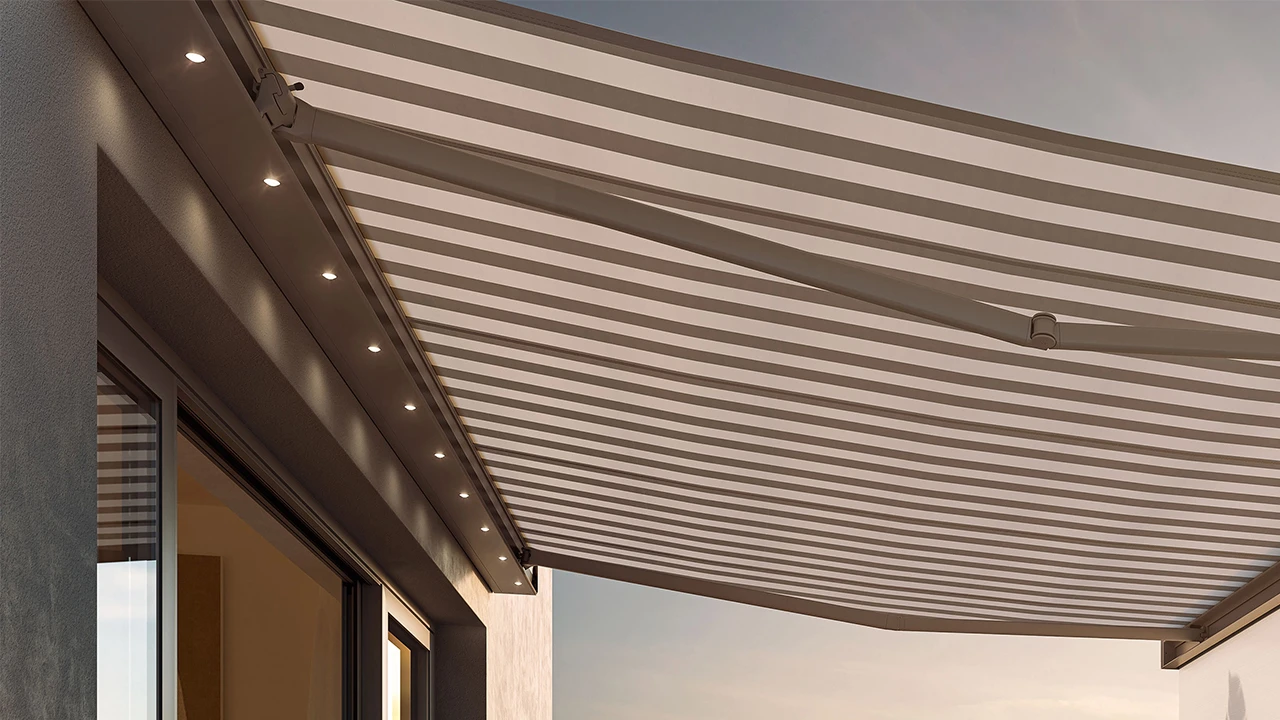
Smaila offers flexible installation options, whether on walls, ceilings, or rafter brackets. Even complex structural conditions can be met with tailored, visually appealing solutions for any building setup.
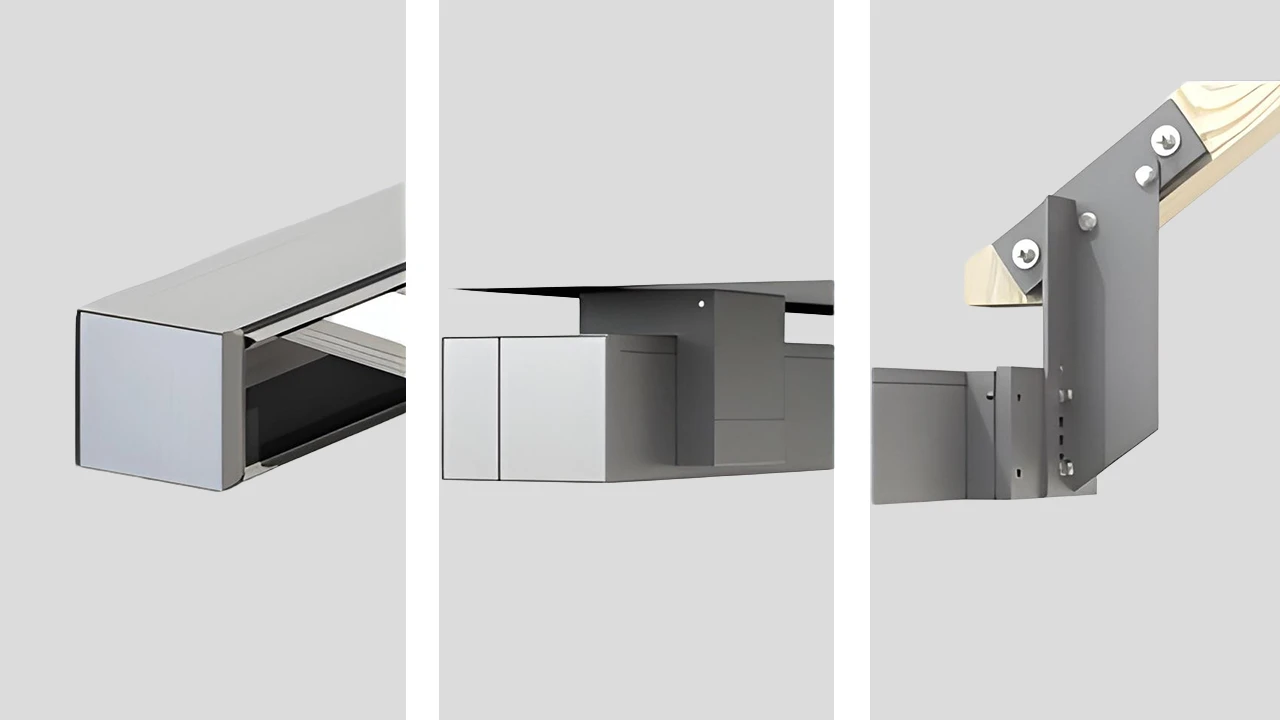
Choose from a range of control methods, manual gear handle, wired switch, remote control, smartphone app, Smart Home system, or automatic weather sensors for effortless and customised operation of your awning.
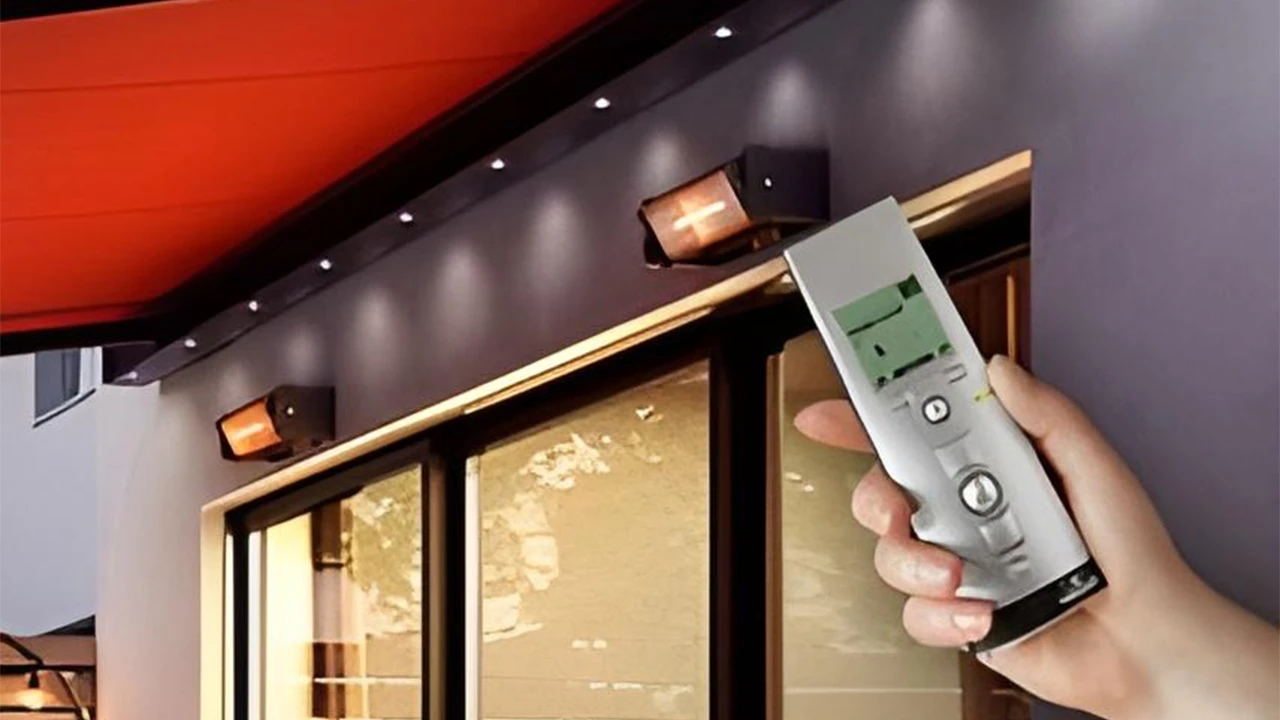
Optional Weinor Tempura heating allows you to enjoy your balcony or patio comfortably, even on cooler evenings.
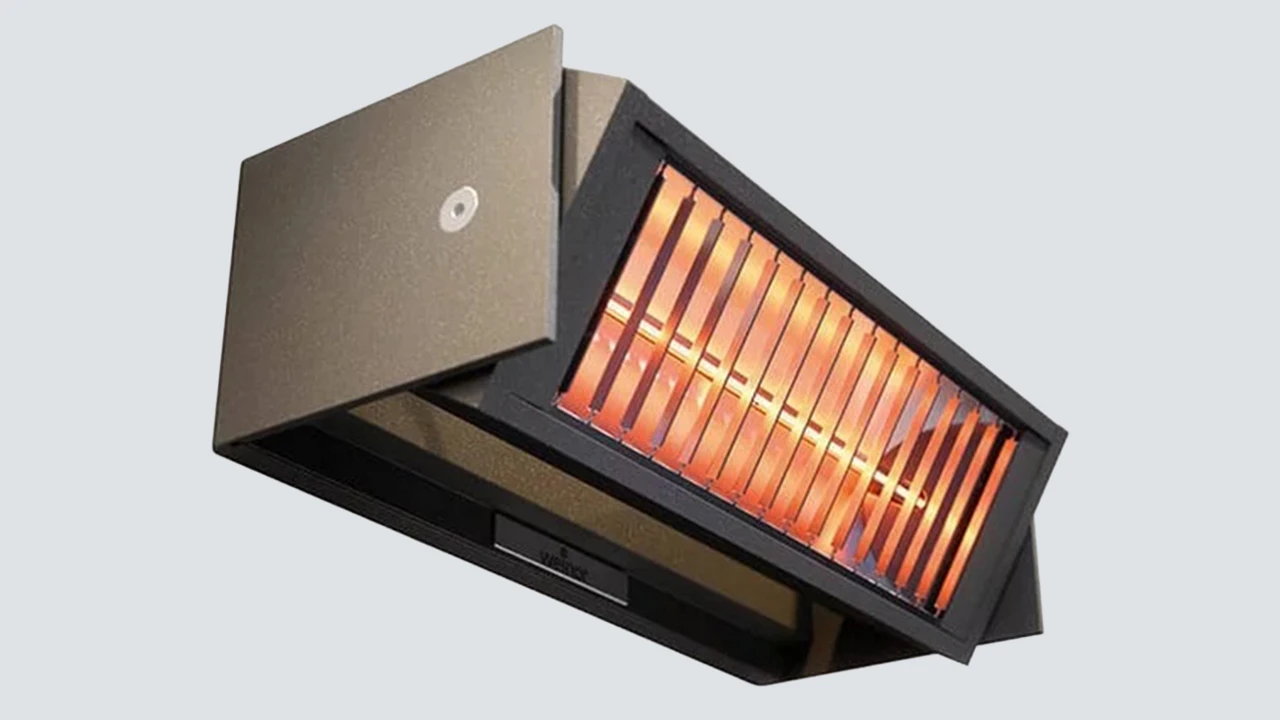
Exceptional wind resistance makes Smaila a reliable choice for outdoor protection. It withstands wind forces up to level 5 on the Beaufort scale. A proven wind lock safety device prevents lifting during sudden gusts from below, ensuring stability and peace of mind.
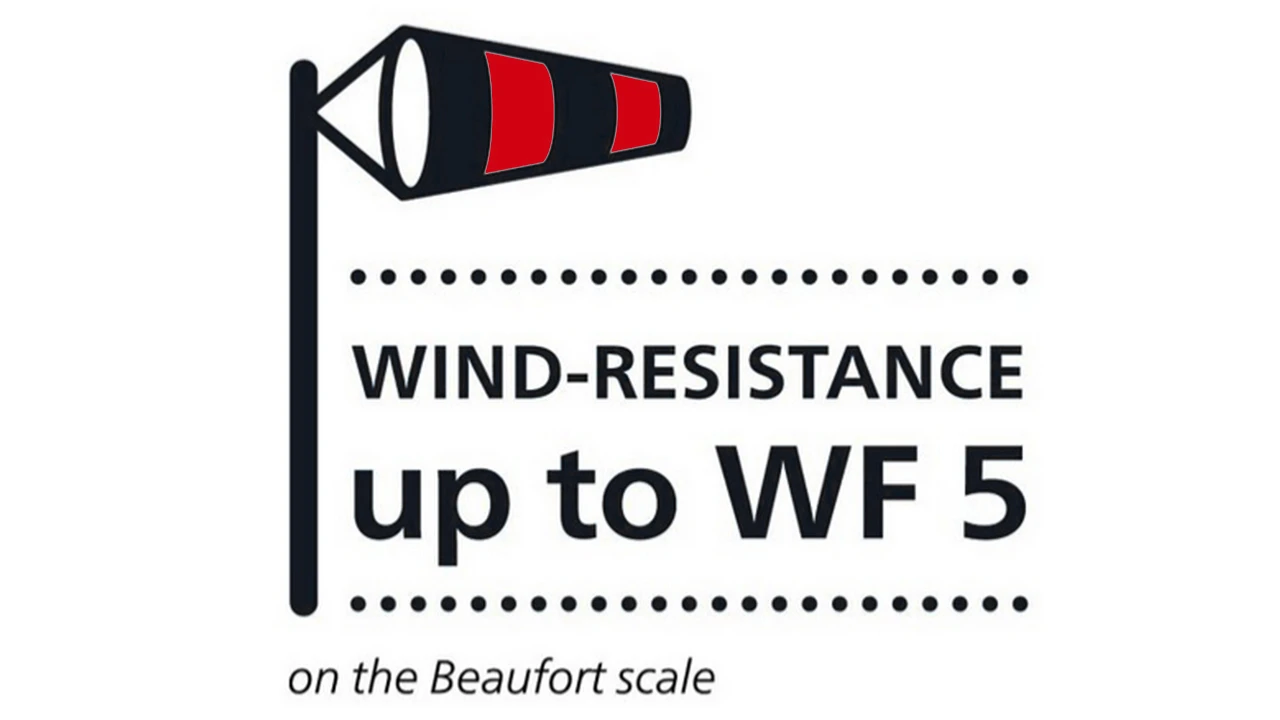
Provides an elegant and functional way to elevate outdoor areas, especially balconies and compact patios. Its neat, cubic form blends effortlessly with contemporary architecture, delivering a clean, screw-free appearance. The fully enclosed cassette safeguards both fabric and mechanics from the weather, promoting long-term durability and performance.
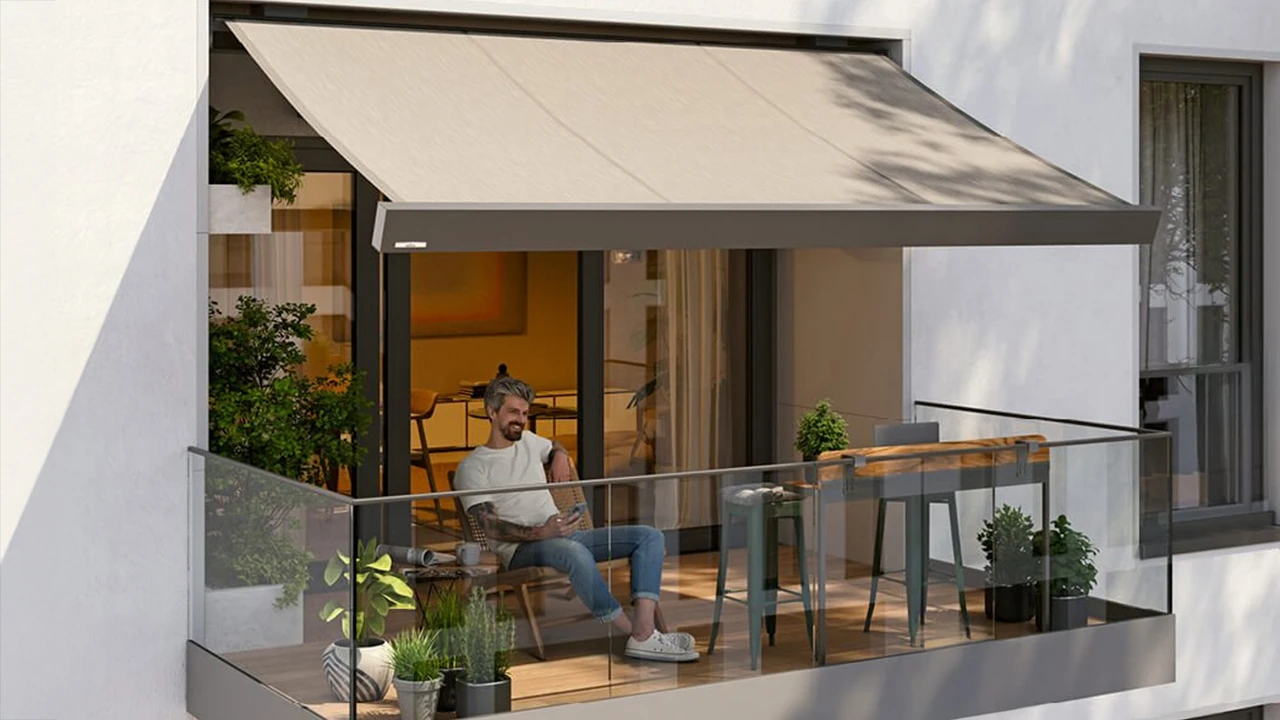
Your email address will not be published. Required fields are marked *